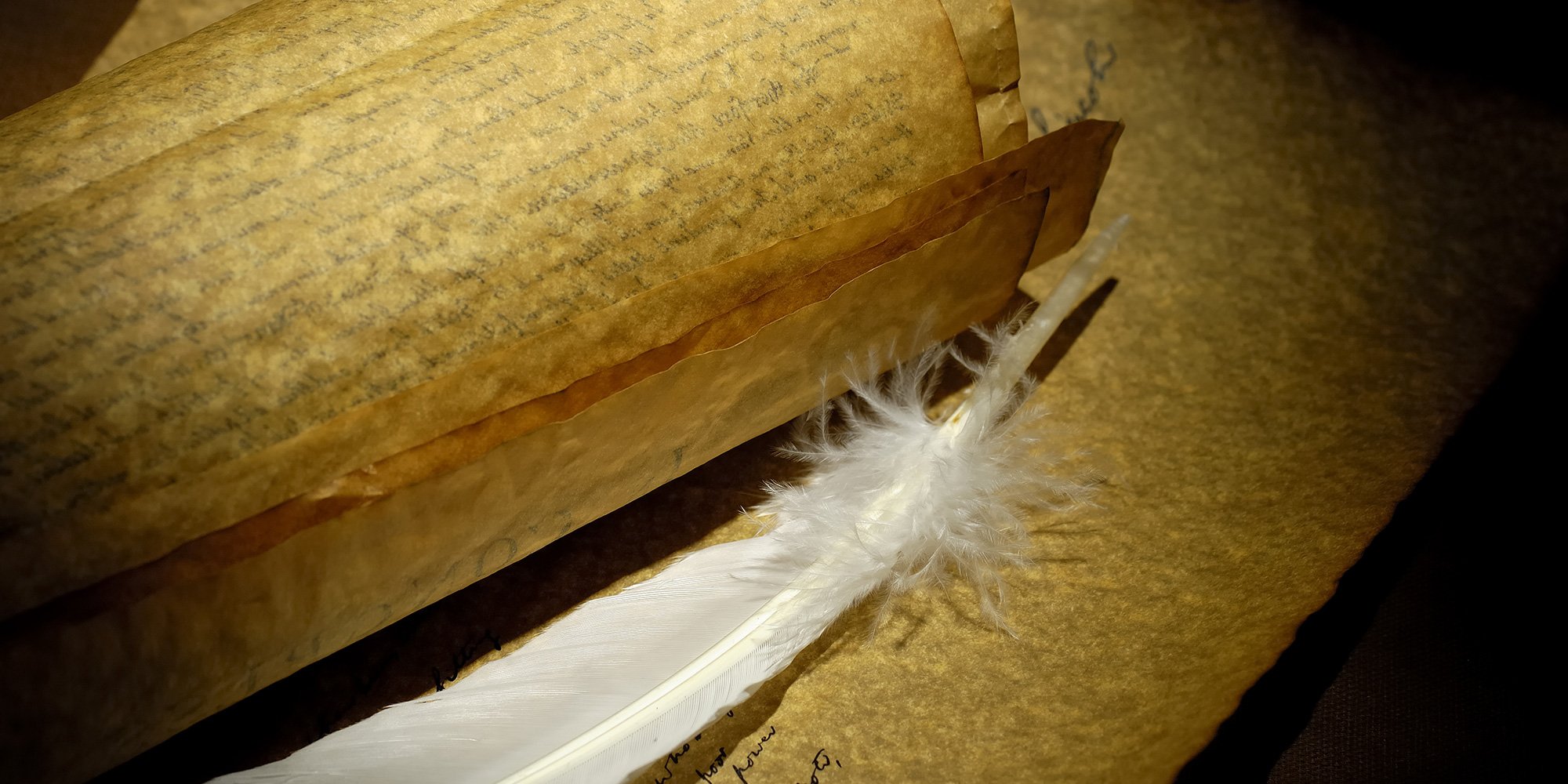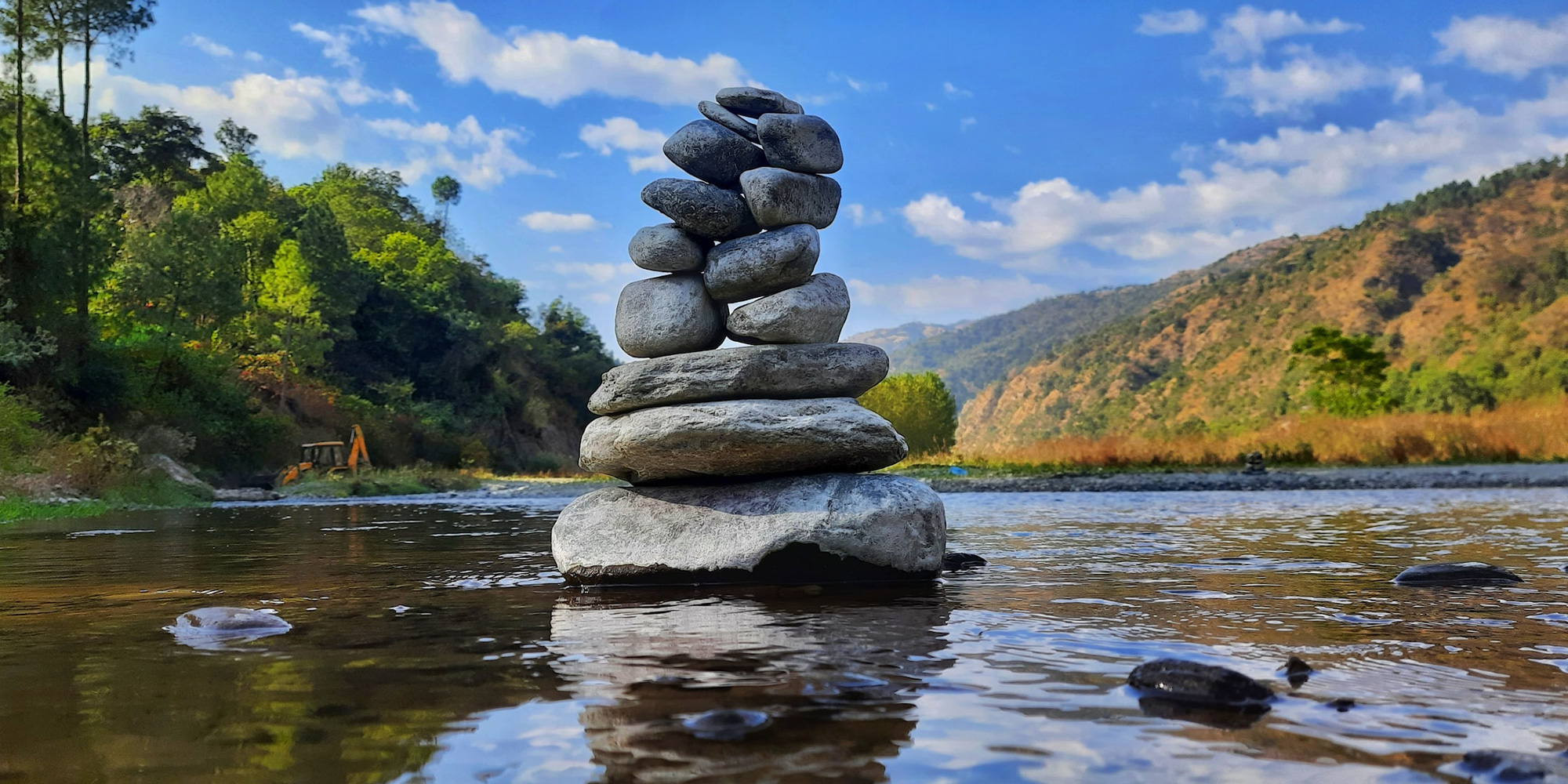Christopher Columbus and the Doctrine of Discovery - 5 Things to Know
The Doctrine of Discovery was used by European monarchies, beginning in the mid-fifteenth century, as a means of legitimizing the colonization of...

Indigenous Peoples believe they have held title to their traditional lands or territories from the moment their Creators placed them on that land (time immemorial) and bestowed them with the responsibility to care for it... forever. But then European explorers arrived, planted flags, and laid claim to all they saw. How was that possible?
Because of the Papal “Bulls of Discovery” (Doctrine of Discovery): Romanus Pontifex (1455) issued by Pope Nicholas V and Inter Caetera (1493) pronounced by Pope Alexander VI.
Here’s an excerpt from Romanus Pontifex, January 8, 1455, authorizing King Alfonso of Portugal to conquer Africa and beyond, and to engage in the slave trade:
...— to invade, search out, capture, vanquish, and subdue all Saracens and pagans whatsoever, and other enemies of Christ wheresoever placed, and the kingdoms, dukedoms, principalities, dominions, possessions, and all movable and immovable goods whatsoever held and possessed by them and to reduce their persons to perpetual slavery, and to apply and appropriate to himself and his successors the kingdoms, dukedoms, counties, principalities, dominions, possessions, and goods, and to convert them to his and their use and profit. [emphasis added]
The Doctrine of Discovery was the framework Spain, Portugal, and England used for the colonization of many lands, including North America. This excerpt from Letters Patent (Feb 3, 1496) issued by King Henry VII to the explorer John Cabot and his sons for the discovery of new and unknown lands, shows the intent to assume ownership of “discovered” lands.
...We have also granted to them and to any of them, and to the heirs and deputies of them and of any one of them, and have given licence to set up our aforesaid banners and ensigns in any town, city, castle, island or mainland whatsoever, newly found by them. And that the before-mentioned John and his sons or their heirs and deputies may conquer, occupy and possess whatsoever such towns, castles, cities and islands by them thus discovered that they may be able to conquer, occupy and possess, as our vassals and governors lieutenants and deputies therein, acquiring for us the dominion, title and jurisdiction of the same towns, castles, cities, islands and mainlands so discovered... [emphasis added]
The Doctrine of Discovery was the international law that gave license to explorers to claim vacant land (terra nullius) in the name of their sovereign. Vacant land was that which was not populated by Christians. If the lands were not occupied by Christians they were vacant and therefore could be defined as “discovered” and sovereignty, dominion, title and jurisdiction claimed.
However, North America was far from vacant when European explorers began arriving. When Christopher Columbus arrived in 1492, the lands were indeed occupied by 100 million [2] Indigenous Peoples or one-fifth of the world’s population at the time. But, as they were not Christians, they were not humans.
In preparing this article, I came across these 10 elements that flesh out the Doctrine of Discovery:
Here are the 10 elements that I think constitute the Doctrine and are useful in analyzing and comparing how settler/colonizer societies have used this international law against Indigenous peoples around the globe
1. First discovery. The first European country to “discover” new lands unknown to other Europeans gained property and sovereign rights over the lands...
2. Actual occupancy and current possession. To fully establish a “first discovery” claim and turn it into a complete title, a European country had to actually occupy and possess newly found lands...
3. Preemption/European title. The discovering European country gained the power of preemption, the sole right to buy the land from the native people...
4. Indian title. After first discovery, Indian Nations and the indigenous peoples were considered by European and American legal systems to have lost the full property rights and ownership of their lands. They only retained rights to occupy and use their land...
5. Tribal limited sovereign and commercial rights. After first discovery, Indian Nations and native peoples were also considered to have lost some of their inherent sovereign powers...
6. Contiguity. This element provided that Europeans had a Discovery claim to a reasonable and significant amount of land contiguous to and surrounding their settlements and the lands that they actually possessed in the New World...
7. Terra nullius. ...Euro-Americans often considered lands that were actually owned, occupied, and being actively utilized by indigenous people to be “vacant” and available for Discovery claims if they were not being “properly used” according to European and American law and culture.
8. Christianity. ...Under Discovery, non-Christian people were not deemed to have the same rights to land, sovereignty, and self-determination as Christians...
9. Civilization. ...Euro-Americans thought that God had directed them to bring civilized ways and education and religion to indigenous peoples and often to exercise paternalism and guardianship powers over them.
10. Conquest. ...It can mean a military victory. “Conquest” was also used as a “term of art,” a word with a special meaning, when it was used as an element of Discovery. [3]
Because it has never been renounced. It remains the basis for Canadian law and as such continues to impact Indigenous Peoples.
Bring your questions about the Doctrine of Discovery to our Indigenous Awareness or Working Effectively with Indigenous Peoples® training sessions.
It gave sovereignty or title of Indigenous traditional lands and territories to the Crown. It remains today “the legal justification for the colonial occupation of our lands and our nations. As long as Canada bases its existence on that Doctrine, it is hard to characterize it as anything other than a racist state where one race has been given the right to subjugate and confiscate the lands of another.” [2]
It made possible the Indian Act and all of its genocidal laws and policies including the residential school system, removal of Indigenous Peoples from traditional lands to reserves, criminalization of languages and cultural ceremonies, and the creation, recognition and later denial of Treaty and Indigenous rights.
It disregarded and nullified the existence of Indigenous Peoples who had occupied their territories since time immemorial because they did not follow the Christian faith. Indigenous Peoples in Canada have had to wage multiple, lengthy legal battles to prove their existence prior to the arrival of European explorers.
For example, all court cases that challenge the Crown’s title to lands come from the Doctrine. Whenever Indigenous peoples have taken their issues to Canadian courts questioning and challenging the Crown’s assertion of title to Indigenous lands, we are told that the “underlying title” of the Crown is the basis of their ownership to all lands and resources. What is the “underlying title” of the Crown? Simply put, it’s the application of the Doctrine of Discovery. [4]
There are international and national calls to revoke the Doctrine. In 2012, the United Nations Permanent Forum on Indigenous Issues held an open debate on “The Doctrine of Discovery: its enduring impact on indigenous peoples and the right to redress for past conquests (articles 28 and 37 of the United Nations Declaration on the Rights of Indigenous Peoples)”.
Here at home, in 2015, the Truth and Reconciliation Commission of Canada’s Calls to Action include:
45. We call upon the Government of Canada, on behalf of all Canadians, to jointly develop with Aboriginal peoples a Royal Proclamation of Reconciliation to be issued by the Crown. The proclamation would build on the Royal Proclamation of 1763 and the Treaty of Niagara of 1764, and reaffirm the nation-to-nation relationship between Aboriginal peoples and the Crown. The proclamation would include, but not be limited to, the following commitments:
i) Repudiate concepts used to justify European sovereignty over Indigenous lands and peoples such as the Doctrine of Discovery and terra nullius.
49. We call upon all religious denominations and faith groups who have not already done so to repudiate concepts used to justify European sovereignty over Indigenous lands and peoples, such as the Doctrine of Discovery and terra nullius.
In 2018, the Assembly of First Nations called for the Doctrine to be dismantled: Dismantling the Doctrine of Discovery.
On March 30th, 2023, the Catholic church, by way of a Vatican press release, officially repudiated the Doctrine of Discovery.
In no uncertain terms, the Church’s magisterium upholds the respect due to every human being. The Catholic Church therefore repudiates those concepts that fail to recognize the inherent human rights of indigenous peoples, including what has become known as the legal and political “doctrine of discovery”.
Understanding how our laws are entwined with the Doctrine of Discovery is important to the discussion around reconciliation.
This article was originally posted on January 26, 2020.
[1] Ronald Wright, Stolen Continents: The “New World” Through Indian Eyes, p 4
[2] Robert J. Miller, The Doctrine of Discovery: The International Law of Colonialism
[3] Arthur Manuel, Grand Chief Ronald M. Derrickson, Unsettling Canada A National Wake-Up Call, p 108
[4] Sylvia McAdam, Dismantling the Doctrine of Discovery: A Call to Action
Featured photo: Shutterstock

The Doctrine of Discovery was used by European monarchies, beginning in the mid-fifteenth century, as a means of legitimizing the colonization of...

1 min read
When Dr. Bonnie Henry announced the death of an Elder from Alert Bay, I was struck by her compassion, her understanding of the enormity of the...

In 2017, we had just over 816,000 visitors to our blog Working Effectively with Indigenous Peoples® looking for information on a wide variety of...